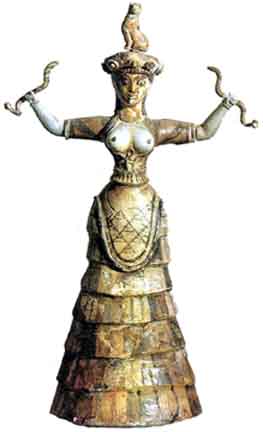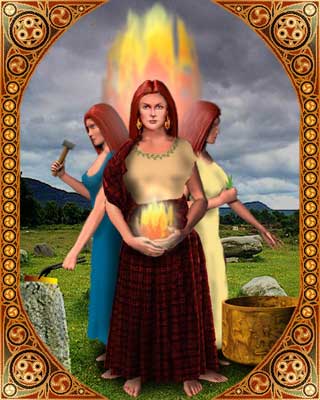"Whom should I turn to,
if not the One whose darkness
is darker than night,
the only one who keeps
vigil with no candle,
and is not afraid --
the Deep One, whose
being I trust ..."
Rainer Maria Rilke
Although I am not Catholic, nor grew up Catholic, I have always been fascinated by the Black Madonna, and by the many pilgrimages, some that go back a thousand years or more, to revered Black Madonna shrines throughout Europe. Many believe that the origins of the Black Madonnas are in earlier Isis icons, which were ubiquitous in Rome and elsewhere in the very early days of Christianity (
Paris is derived from the name of Isis, "par Isis", city of Isis). Certainly, if this is true, pilgrimage to the Mother of the Son of God is much the same as was the pilgrimage, once, to Isis, Mother of the Sun.
But there are others, including myself, who see the Black Madonna as possibly representing the ancient Earth Mother. In the middle ages, black Africans were rarely, if ever, seen in Europe. The blackness of the Madonnas may represent the black and generative earth, the source that is the womb from which all life comes.
To Earth the Mother of All
I will sing of the well-founded Earth,
mother of all, eldest of all beings.
She feeds all creatures that are in the world,
all that go upon the goodly land,
all that are in the paths of the seas, and all that fly;
all these are fed of her store.
Through you, O Queen, we are blessed
In our children, and in our harvest
and to you we owe our lives.
Happy are we who you delight to honor!
We have all things abundantly:
our houses are filled with good things,
our cities are orderly,
our sons exult with feverish delight.
(May they take no delight in war)
Our daughters with flower-laden hands
play and skip merrily over the soft flowers of the field.
(May they seek peace for all peoples)
Thus it is for those whom you honor,
O holy Goddess, Bountiful spirit!
Hail Earth, mother of the gods,
freely bestow upon us for this our song
that cheers and soothes the heart!
(May we seek peace for all peoples
of the well-founded earth)
Homeric Hymn XXX,
(adapted by Elizabeth Roberts)
(with thanks to Diane Darling and Mana Young)


















